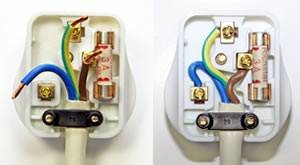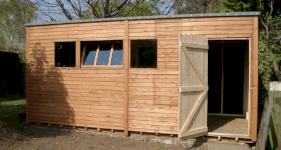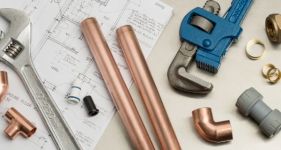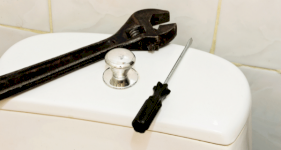How To: Wire a Plug

Unscrew the cover of the plug
Using a screw driver carefully unscrew the cover of the plug. While doing this ensure that you keep the screws in a good place never to lose them. Pull out the fuse if it is covering one of the terminals. You can also loosen the flex grip. Some plugs contain plastic flanges while others don't have plastic flanges and you are required to screw down the flex using a screw bar. This is the first step on how to wire a plug.
Put in the flex
After removing the cover of the plug, the next step is to put in the flex. You can do this by pressing it between the flanges or simply push it under the bar and then tighten the screws. Always ensure that the bar tightly grips the outer sheath of the flex. This helps in preventing accidents that may happen in the future caused by electrical faults.
Cut the wires according to the desired length
The next step is to cut the wires to your desired length. Ensure that the wires are cut to reach the terminals. After cutting the wires you will have to strip off some insulation form each wire. There are always three terminals on a plug these are the live (L), neutral (N) and earth (E) terminals. The brown or red wire should be connected to the terminal marked L, then the blue or black wire should be connected to the terminal marked N, then lastly the green or yellow wire should be connected to the terminal marked E. always remember to carefully wind each wire on the right terminal and then tighten the screw. On the other hand there are those terminals that have holes. For these types of terminals you are required to push the wire through the holes until no bare wire is visible then carefully screw it down.
Replace the fuse and screw back the cover
If you removed the fuse to reach the terminals it is time to replace it. Always remember to check the amp rating of the fuse to ensure that it has the correct readings. After that you can now screw back the cover and you are done.
However, it is important to point out that if you have no idea on how to wire plug it is better to seek help from a professional technician who will do it better for you. Otherwise wiring it on your own might be risky to you and to your appliance.
Last updated by MyJobQuote on 29th October 2013.







